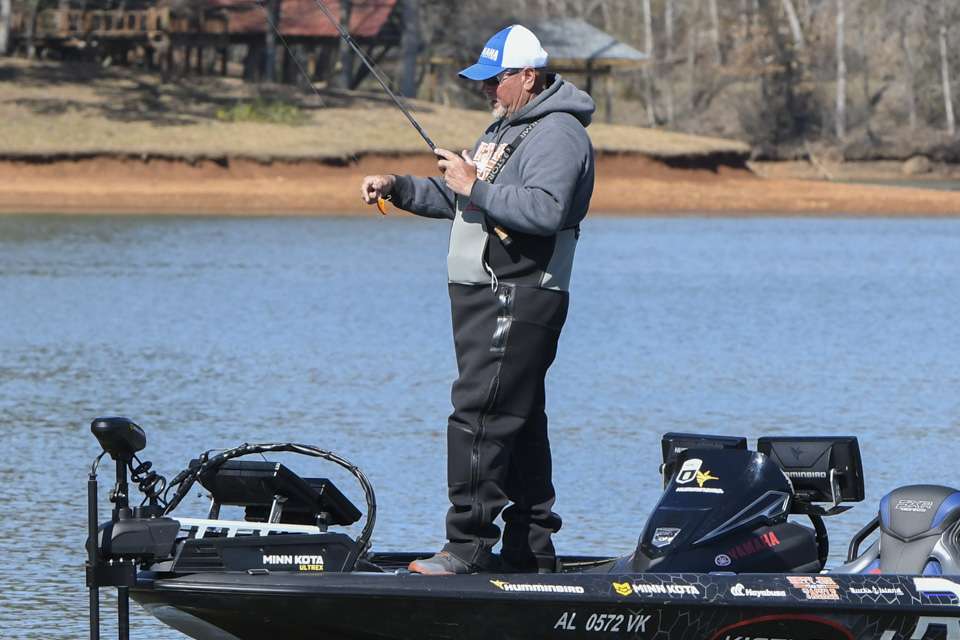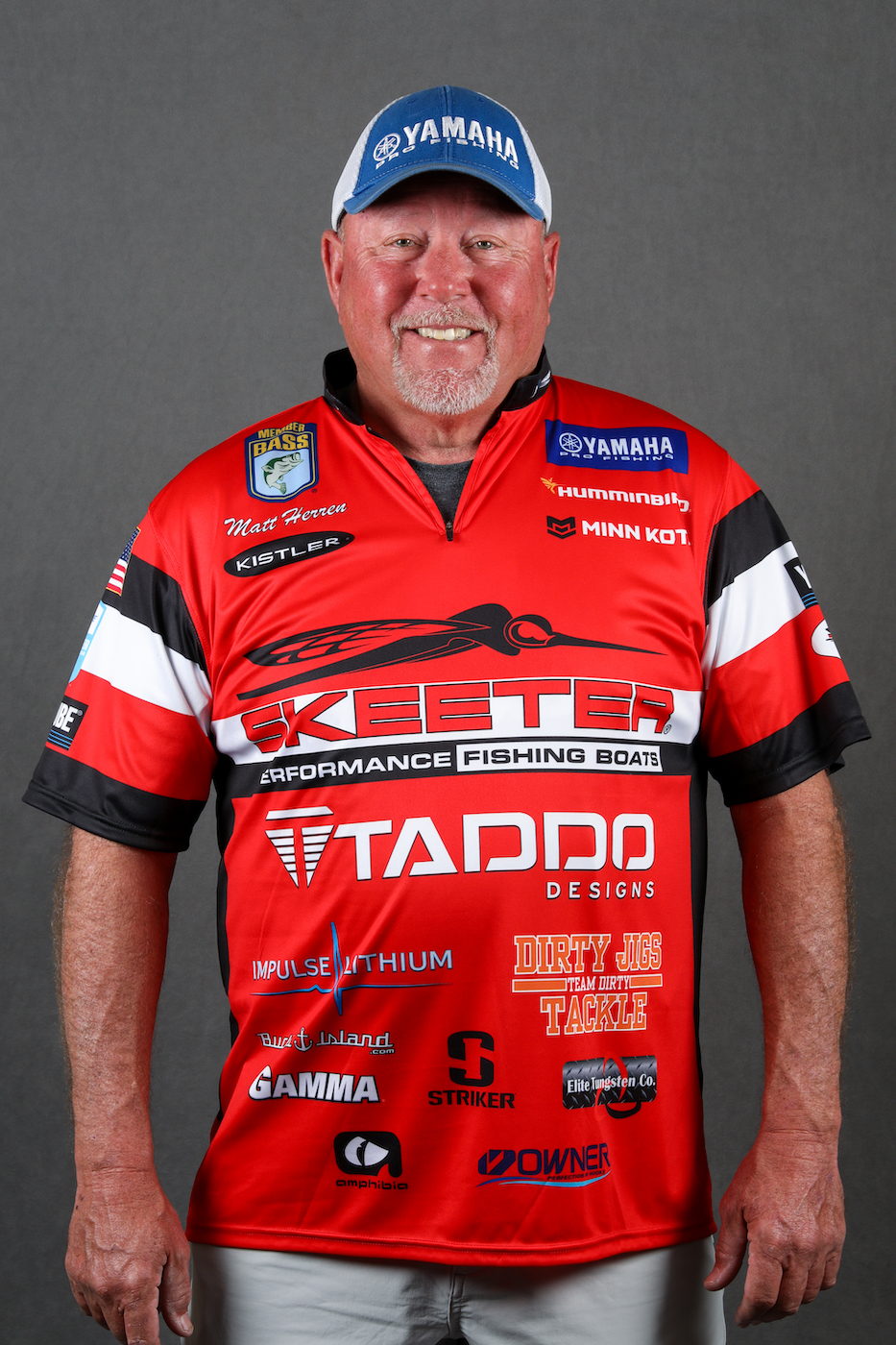
With all the rods, hooks and lines available to anglers today, selecting the right rod action is more critical than ever.
You all know that I’ve been around the sport of bass fishing for many years. Throughout my years I’ve seen the advancements made in every part of the sport, and they are mind blowing. But what I want to focus on right now are the changes in the fishing rod market specifically.
As a kid growing up, the majority of rods we used for fishing were made from some type of fiberglass. Today, most rods are made from super-light, highly sensitive graphite materials. The fiberglass type, or the composite materials that make up our moving bait rods, weigh half of what a traditional glass blank did 25 years ago. These advancements in rod material combined with advancements in fishing lines and fishing hooks make selecting the right rod more critical than ever.
Years ago, when the majority of our fishing was done with monofilament lines, we basically used rods that were known as faster tapers. Most techniques were done with medium-heavy to heavy actions because of the stretch in the monofilament lines. Today, most of the fishing that I do is done with some type of low stretch fluorocarbon or braided line, and I use monofilament only for a few specific baits and presentations. The lower stretch of the lines also means better feel of the lure.
The advancements in rod blanks coupled with the added sensitivity of low stretch lines has totally changed how I select the rods I use today. I was recently asked by an angler how I chose a rod for a specific technique, and I used this explanation: “You’ve got to choose the right hammer for the nail you’re trying to drive.”
I further explained after all the time and combinations I’ve tried, it finally occurred to me that there are two main factors to consider when choosing a rod. The first is, how do you set the hook? Do you reel down and try to snap the line and make the boat move, or do you reel up all the slack and set the hook on a tight line?
To me, setting the hook is like making a golf swing. When the pressure of the moment happens an angler will set the hook how they naturally do. There is not a lot of thought; they just react.
The second thing I consider is the technique and wire diameter of the hooks I’ll be using.
To begin to understand the art of the hook set and landing of a fish, we first have to understand that the mouth of a fish is soft meat with a little hard cartilage or bone around the lips.
To get the best success in hooking and landing fish, hooks need to penetrate the fish’s mouth cleanly without tearing large holes in the mouth. Let me explain what I mean. When you set the hook with your rod, you create force that pulls the hooks of your lure into the fish’s mouth. The hooks that we use have barbs on them to keep them from coming out of the fish once they are hooked. But if the rod action and line aren’t balanced with the hook it can cause two problems. First, since the hooks penetrate and tear the mouth, it causes the barb not to hold because of the large hole. Next, the hook may not completely penetrate and allow the barb to hold.
Here are a couple of examples of things I look at of when I start analyzing rod, line and hook combinations.
- You set the hook, you fight the fish up close to the boat and it’s almost like the fish opened its mouth and got off.
- You set the hook, you are fighting the fish, it comes to the surface, shakes its head and comes off.
- You set the hook, and the fish makes a big surge and pulls free.
All of these are examples of possible problems that occur when the rod, line and hook aren’t correctly balanced. Simply paying attention to the fish you land and the lures you’re using will give you the answer.
I look at every fish that I catch when I’m unhooking it to see how the hooks penetrated. Were they all the way through or were they barely in the skin? Were there large holes torn?
If I’m fishing a Texas-rigged Reaction Innovations Spicy Beaver on a heavy gauge Hayabusa flipping hook, I look to make sure the hook pulled completely through the bait. If the hook is not completely penetrated, then my rod action may have been a little too moderate for that technique. If it’s my signature Matt Herren Flippin’ Jig by Dirty Jigs, I look to see where it’s hooked to see if the jig moved in the fish’s mouth too much. If there are large holes or I sprung the hook slightly, then my rod taper was too fast.
These simple clues will help you chose the right rod action for your hook set style. In general, a fast or moderate-fast taper will perform well with the line and hooks we use today. The power of the rod may be the same specs you’ve used, but the taper or “action” of the rod may feel a little softer than you’re used to.
I use the Kistler KLX 7-foot, 6-inch Heavy Action Moderate Taper for most of my flipping presentations. They are what work for me, but whatever brand you choose, I promise you, putting a little thought into the action of the rod on the hook set will help you land a few more fish.
Before I sign off, some of you may have seen that Bruce Akin, the CEO of B.A.S.S, announced his retirement in September. First, Bruce, congratulations, and secondly – you have done one hell of a job. Thank you!
You helped steer B.A.S.S. through a couple of touchy times, and we are better off because of you, your leadership and the efforts of your team. I wish you well and hope for great enjoyment in your retirement years.

